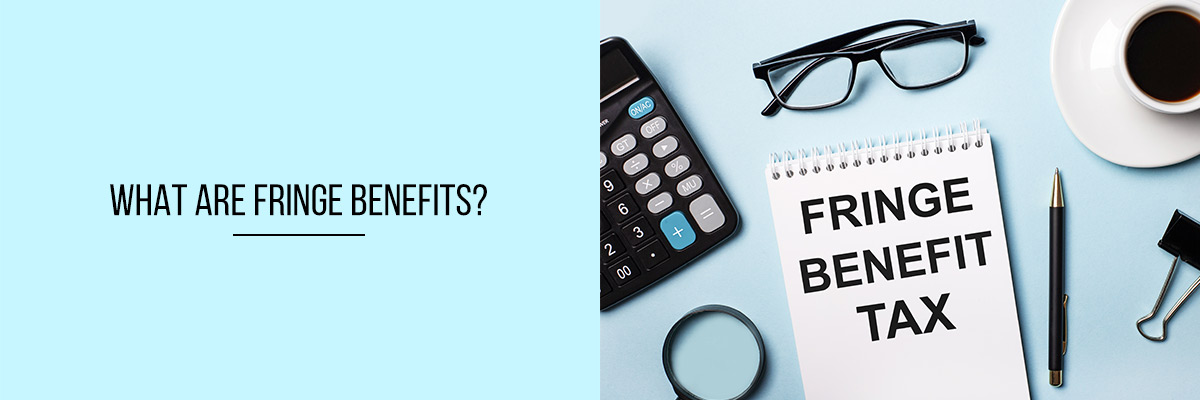Fringe benefits are employee benefits that are not part of the regular pay, so they are not included in the traditional payroll figures. These are the perks that employees receive as part of their compensation package. And, since these benefits are non-deferred compensation, they are non-taxable. The term “fringe benefits” is used to distinguish non-deferred compensation from deferred compensation. Fringe benefits may include, for example, employer-paid life insurance, accident and health insurance, disability insurance, health care, medical care, prescription drugs, dental care, vision care, legal services, parking, fitness class, grooming, childcare, tuition reimbursement, and more.



Understanding Fringe Benefits
Fringe benefits are a significant part of a company’s compensation package for its employees. The amount of compensation a company pays an employee often depends on the level of the employee’s position within the company. In addition, there are different types of fringe benefits. Depending on the type of fringe benefits, an employee may receive an allotment of money or may receive items or services in exchange for his/her work.
The term “fringe benefits” has been used for years to describe any benefits to an employee that are not well defined in the employment contract. These benefits are usually synonymous with what is known as “un-capped” benefits, which are benefits that are not limited in quantity but are usually tied to the employee’s length of service with the company.
Fringe benefits that are offered to employees include:
- Employee meals and cafeteria plans
- Tuition reimbursement or education assistance
- Life, disability, and health insurance bundles
- Retirement plan contributions
- Fitness center access or discounts
- Health savings plans (HSAs)
- Dependent care assistance
- Profit-sharing or stock options
- Flexible savings accounts (FSAs)
- Remote work arrangements
How Fringe Benefits Work
Fringe benefits are a popular topic of conversation among employees, especially when it comes to their benefits package. These are either to benefit employees or to cover their reduced share of the basic wage. Fringe benefits, sometimes called “add-on” benefits, are a huge benefit to employees since they again vary from one company to another. These benefits are provided to employees during a certain period of time, and then they have to decide which fringe benefit they wish to take.
Fringe benefits are often seen as a bottomless pit of money that employees can dip into to fund their lifestyles, but in reality, many of the benefits provided by employers are not even available to all employees. The reason that some employees are eligible for these benefits while others do not have to do with the way that benefits are usually administered.
Final Words
Fringe benefits are a great way for an employer to attract and retain the best talent. Employers should take care to not offer benefits that are not required to be offered. Some of these fringe benefits, such as pensions and health insurance, are mandated by law.
Attend the Compliance Prime webinar to learn more about Fringe benefits.


